Echidnas (Tachyglossus aculeatus) are solitary mammals with many peculiar quirks.
Out of the four species that exist today, three are the rare long-beaked echidnas, only found in New Guinea. The fourth is the short-beaked echidna, widespread in Australia yet still difficult to spot.
Discover more about these spiky, gentle beings.
1. Echidnas are monotremes - mammals that lay eggs. They are one of two mammals in the world to do so. It takes about 22 days after mating for the female to lay a single egg in her pouch, which has a soft shell, weighs roughly 2 grams and is about 1.4 centimetres big.
2. Like all mammals, echidnas feed milk to their young but they don't have nipples. Female echidnas have special glands in their pouch which secrete milk. The baby echidna, called a puggle, laps it up.
3. The mother leaves the young in a nursery burrow with a concealed entrance for about five months, returning every three to six days to feed it. Unlike most mammals however, once the young reaches seven months, the mother does not return, leaving the young to grow independently.
4. Echidnas are equipped with electroreceptors. Their rubbery snout is sensitive to electrical signals given off by insects and helps them to locate objects around them. This trait is usually found in marine animals - echidnas may be the only land mammals to search for food this way.
5. Echidnas are introverted creatures and only gather during mating season once a year between July and August. The males line up to follow a female around, which can go on for a month. Sometimes the males swap lines and follow a different female. They also compete for the female by pushing each other out of the way. The last one remaining gets to mate with her.
6. Male echidnas have four-headed penises. The penis grows up to seven centimetres long when erect and only two heads are used at once. The heads on one side become 'dormant,' while the other two release semen into the females' two-branched reproductive tract. The set of two heads alternate after each copulation.
7. Echidnas have no teeth. They collect their prey with their long, sticky tongue and grind it against the bottom of their mouth.
8. The claws on their hind legs are curved backwards to aid digging. Echidnas avoid predation by burrowing themselves into a hole quickly, leaving their spiny brown rear exposed but camouflaged into the surrounding.
9. Although echidnas are land mammals, it is believed they have aquatic ancestors - so it's no surprise that they journey into water to bathe and groom themselves regularly. They are also very good tree climbers.
10. Echidnas have long life spans - 50 years in captivity and 45 years in the wild, possibly more.
While the short-beaked echidna is thriving in Australia, the long-beaked echidna is endangered.
We can help the echidna population by being mindful when visiting their habitats. This includes picking up litter, supervising pets and - if we are lucky enough to see one of these shy creatures - simply leaving them alone, as interfering with them can cause stress and potential injury.
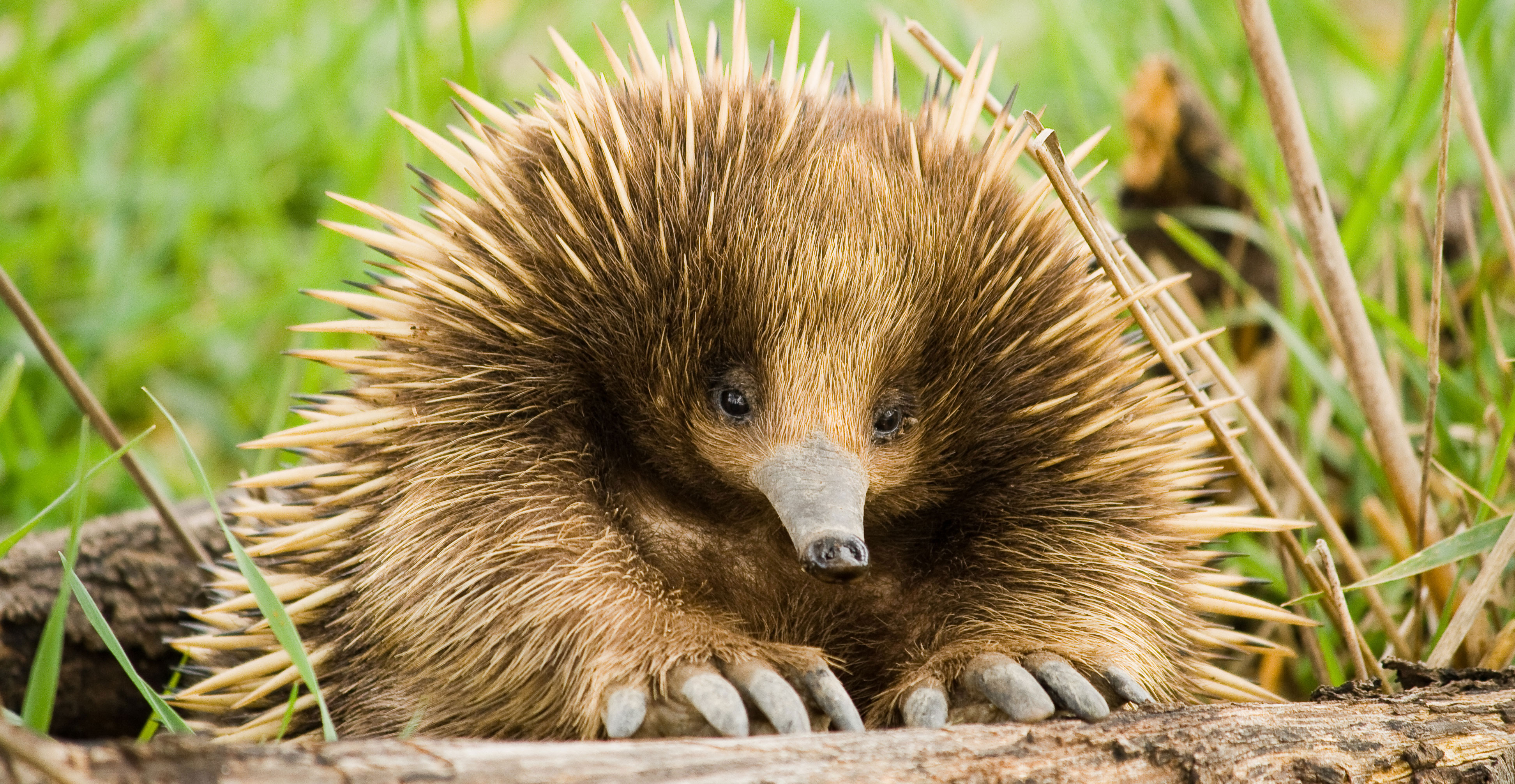
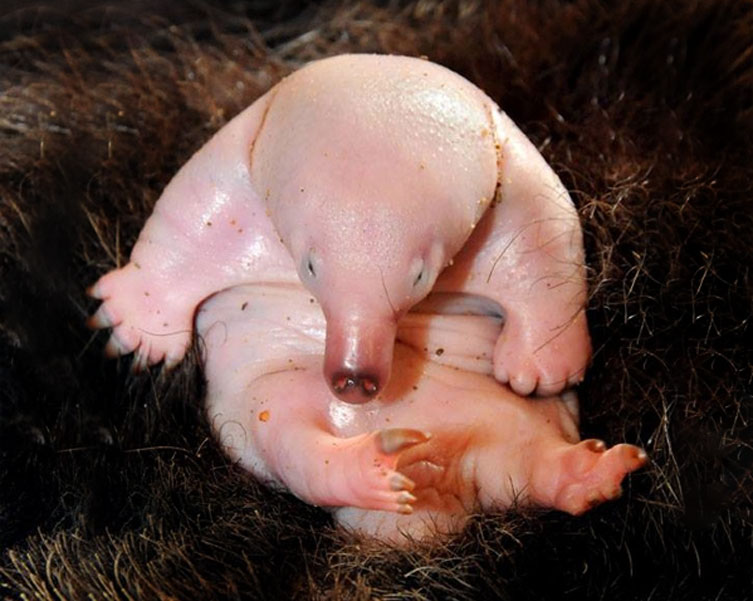
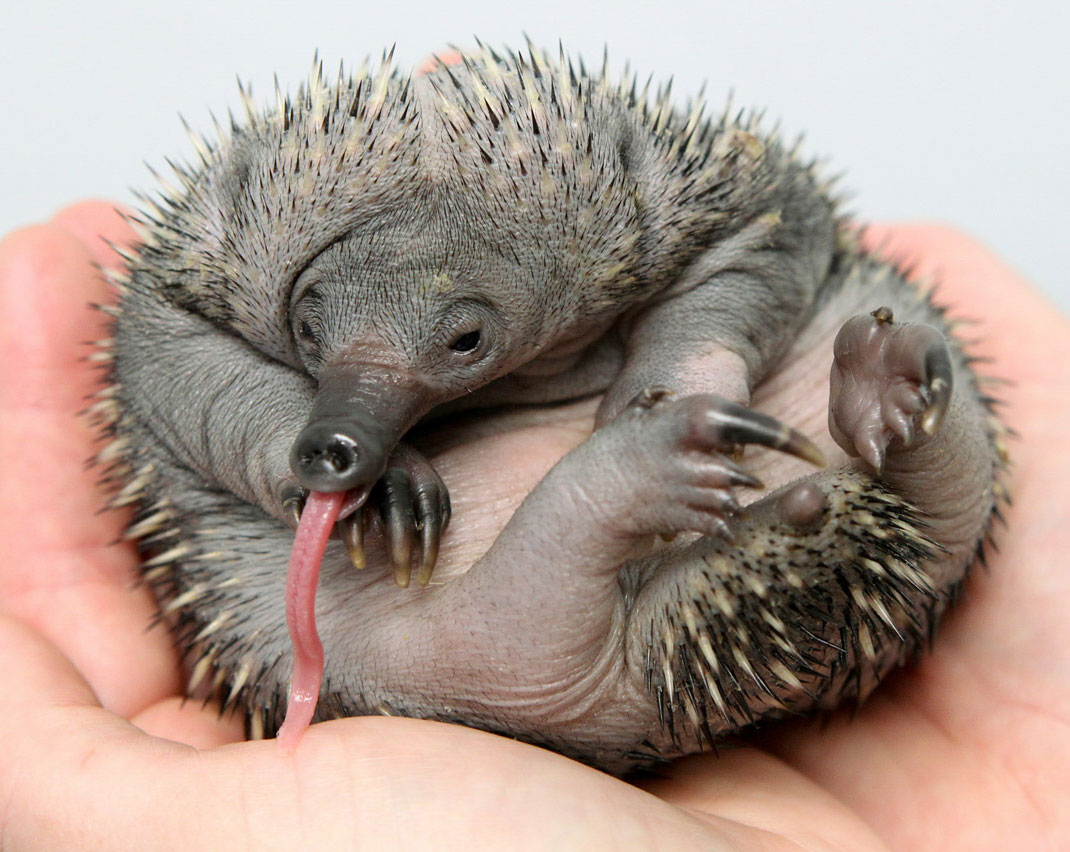
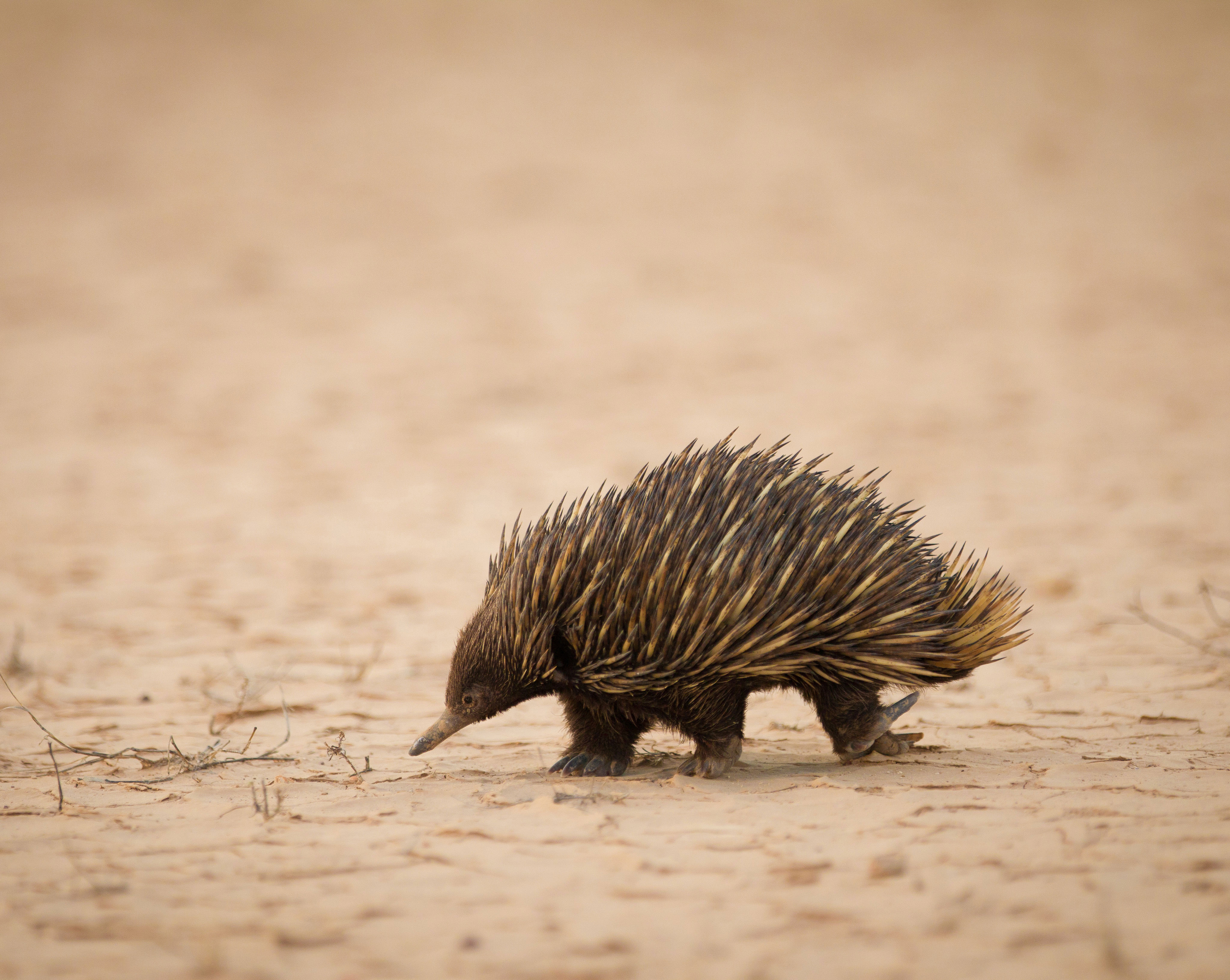
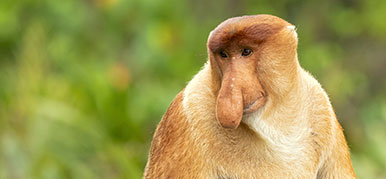
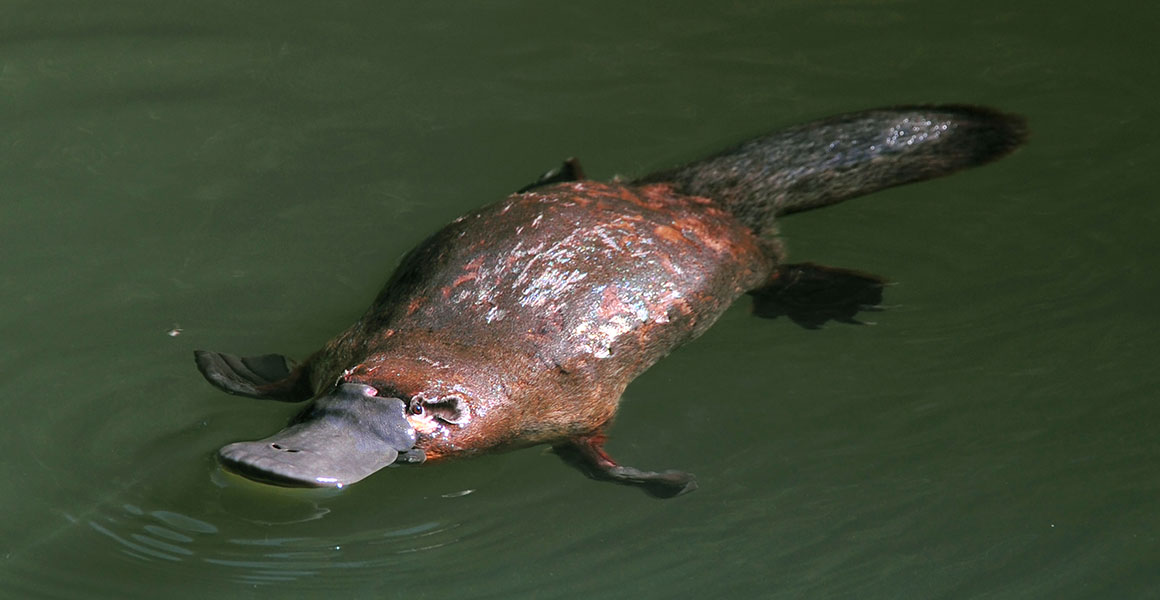
Don't miss a thing
Receive email updates about our news, science, exhibitions, events, products, services and fundraising activities. We may occasionally include third-party content from our corporate partners and other museums. We will not share your personal details with these third parties. You must be over the age of 13. Privacy notice.
Follow us on social media